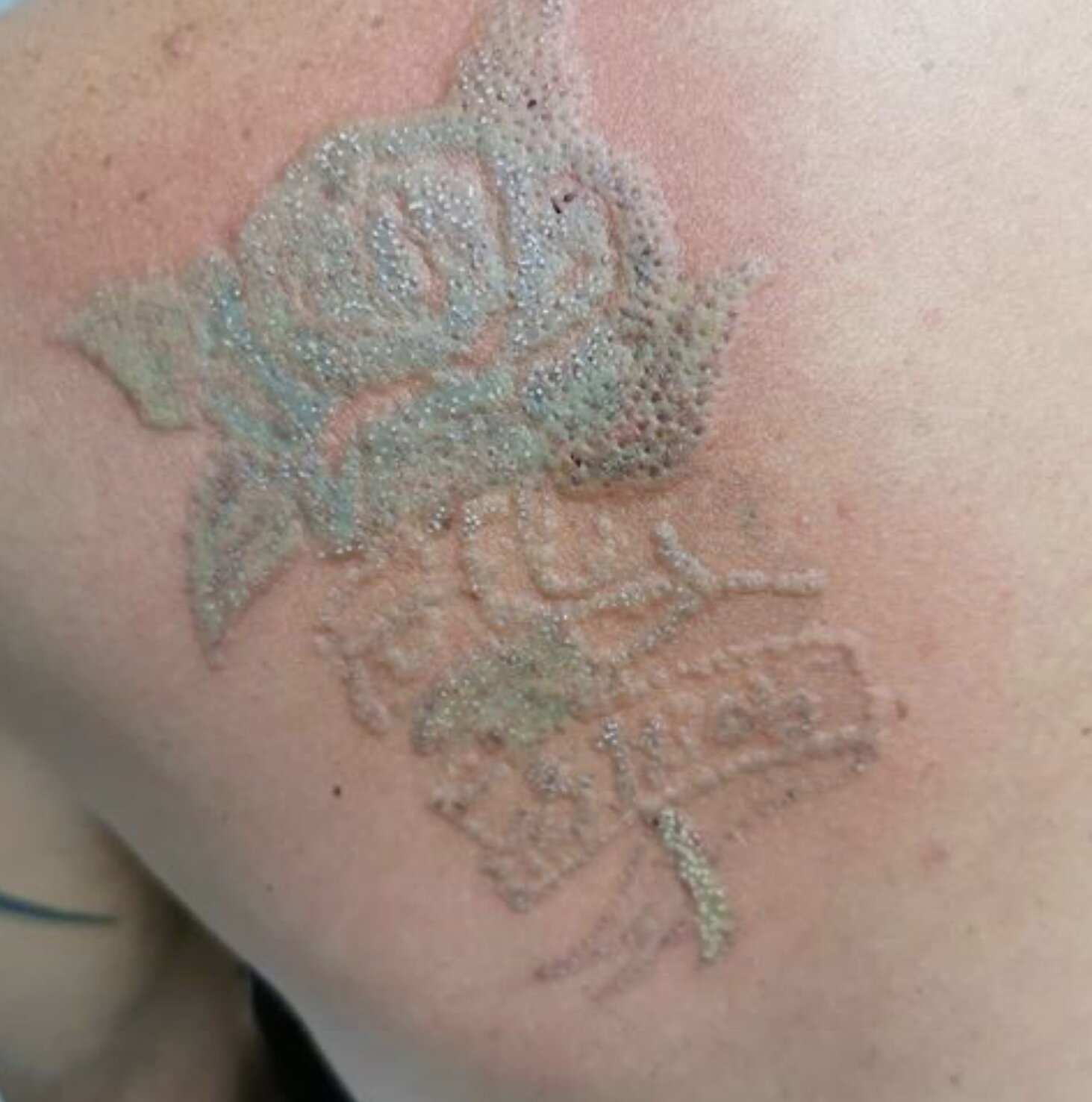Side Effects of Rejuvi Tattoo Removal: Full Patient Guide
Rejuvi Tattoo Removal is a popular method for removing unwanted tattoos. While this non-laser technique can effectively eliminate tattoos, it's essential to understand the potential side effects before deciding to undergo the procedure. This guide will walk you through the common side effects, how to manage them, and what to expect throughout the recovery process.
Understanding Rejuvi Tattoo Removal:
Side effects of Rejuvi tattoo removal (الآثار الجانبية لإزالة الوشم ريجوفي) involves the application of a specially formulated tattoo removal solution to the skin. This solution is absorbed by the body, breaking down the ink particles of the tattoo, which are then naturally flushed out by the body's lymphatic system. The process is designed to be safer and less invasive than traditional laser treatments, but like any medical procedure, it does come with potential side effects.

Common Side Effects of Rejuvi Tattoo Removal:
Most patients experience some form of side effects following the procedure. The most common side effects include mild redness, swelling, and discomfort around the treated area. This is a normal part of the healing process, as the body responds to the solution being injected under the skin. These symptoms typically subside within a few days, although some patients may experience them for a longer period depending on the size and location of the tattoo.
Blistering and Scabbing:
Blistering and scabbing are another potential side effect of Rejuvi Tattoo Removal. The treated area may develop small blisters, which is the body's natural reaction to the removal process. It's important not to pick or pop these blisters, as doing so can increase the risk of infection and scarring. Over time, the blisters will dry up and form scabs, which will eventually fall off, revealing new skin underneath. This process usually takes a few weeks, depending on the individual's skin type and healing rate.
Risk of Infection:
While rare, there is a risk of infection following Rejuvi Tattoo Removal. Infection can occur if the area is not kept clean or if the aftercare instructions are not followed correctly. Signs of infection include increased redness, swelling, pus discharge, or a fever. To minimize the risk of infection, it is crucial to follow the aftercare instructions provided by your practitioner. This may include keeping the treated area clean, applying antiseptic ointment, and avoiding exposing the area to dirt, bacteria, or harsh chemicals during the healing process.
Skin Discoloration:
Another side effect that may occur is skin discoloration. Some individuals may experience temporary or permanent hypopigmentation (lightening of the skin) or hyperpigmentation (darkening of the skin) in the treated area. These changes in skin color may fade over time, but in some cases, they can be permanent. If you have a history of skin discoloration, it's important to discuss this with your practitioner before undergoing Rejuvi Tattoo Removal, as individuals with darker skin tones may be more prone to pigmentation changes.
Scarring:
Though rare, there is a risk of scarring with Rejuvi Tattoo Removal. Scarring can occur if the skin is overly irritated, if aftercare instructions aren't followed properly, or if the individual has a predisposition to keloid or hypertrophic scars. Scarring can be minimized by avoiding picking at the scabs, protecting the area from the sun, and following proper aftercare procedures. If you notice any abnormal scarring or thickened tissue in the treatment area, it's important to seek medical advice for potential treatments to improve the appearance.
Post-Treatment Care and Healing:
Proper post-treatment care is essential for minimizing side effects and ensuring a smooth healing process. After the procedure, it's important to keep the treated area clean and dry, avoid excessive sun exposure, and refrain from scratching or irritating the area. Following the practitioner's aftercare instructions can significantly reduce the chances of experiencing severe side effects. If any unusual symptoms occur or if you are concerned about the healing process, it is always advisable to consult a medical professional for further guidance.
Conclusion:
While Rejuvi Tattoo Removal is a safe and effective method for tattoo removal, it's essential to be aware of the potential side effects and how to manage them. Most side effects are temporary and manageable with proper aftercare. However, it's crucial to follow the aftercare instructions to reduce the risk of infection, scarring, and skin discoloration. Understanding these potential side effects will help you make an informed decision and ensure the best possible results from the treatment.
